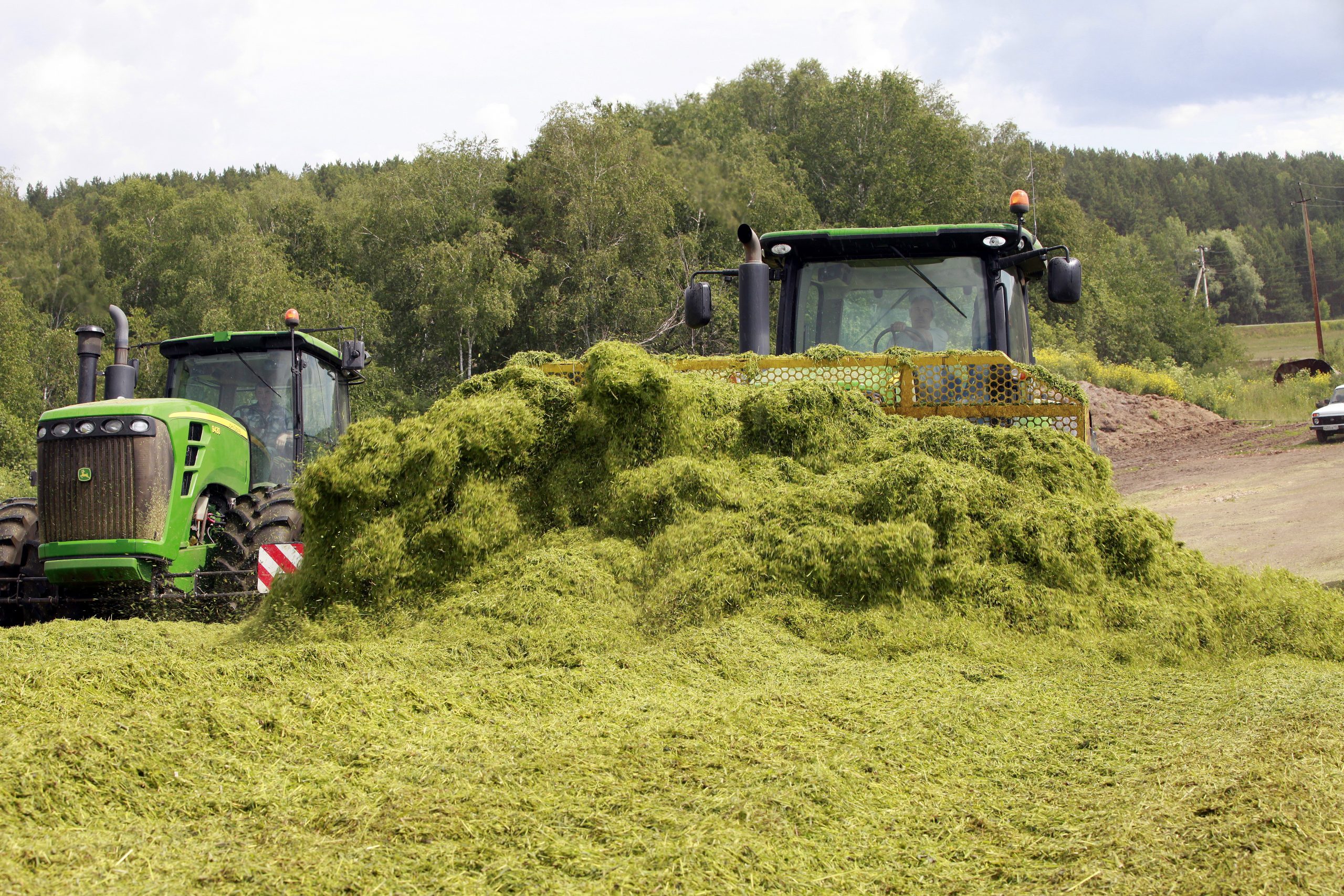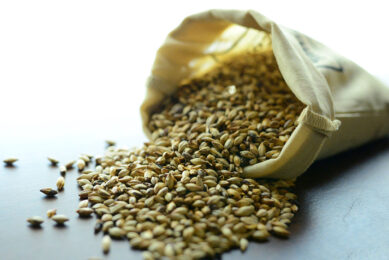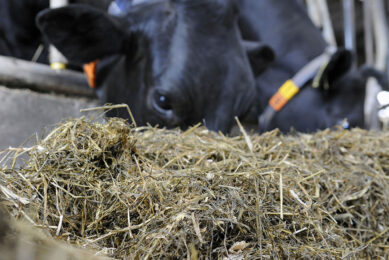High quality silage: 5 points to consider

Silaging, also known as ensiling, is used by farmers all over the world to preserve forage. But it also comes with challenges. Experts from animal nutrition company Biomin identified 5 key challenges and their solutions.
With feed costs accounting for 50% to 70% of dairy farm inputs, and forage accounting for 40% to 60% of the ration, it is vital to ensure the quality of the forage produced on farm. There are many sources of spoilage.

Temperature
Prolonged and elevated temperatures cause significant loss of nutrients from the ensiled material. However, in warm climates, an elevated temperature may persist in the silage for several months.

pH levels
Higher pH levels create an environment that promotes the growth of spoilage bacteria and molds, thereby heightening the risk of mycotoxin contamination occurring.

Yeast
The negative effect of yeast in silage is often underestimated, but can reduced by having a proper dry matter content at harvest, cut length, good compaction at storage, and proper feed out methods.

Clostridia
In high moisture material, the biggest enemy is Clostridia; an anaerobic endospore-forming bacteria. The products of clostridial fermentation are responsible for depressed feed intake, increased risk of ketosis, hemorrhagic bowel syndrome (HBS), and sudden death of animals.

Moulds
Field fungi (e.g. Aspergillus and Fusarium spp.) are capable of producing mycotoxins. None of the silage additives or inoculants available on the market today are able to degrade field origin mycotoxins as they are resistant to low pH and anaerobic conditions.
The full article (extended version) can be read on Biomin’s website.
Join 26,000+ subscribers
Subscribe to our newsletter to stay updated about all the need-to-know content in the feed sector, three times a week. Beheer
Beheer









 WP Admin
WP Admin  Bewerk bericht
Bewerk bericht